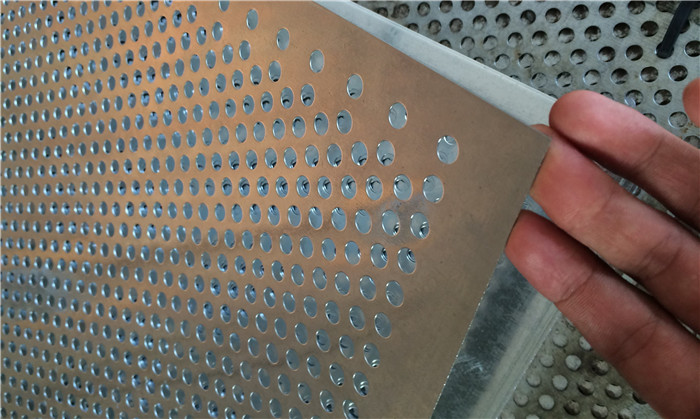4. Surface Treatment and Anti-Corrosion Reinforcement
Acid Pickling & Phosphating: Enhances surface adhesion for subsequent coatings.
Sandblasting: Removes burrs and mill scale, improving coating adhesion.
Powder Coating: Apply epoxy or polyester powder at 60–80 μm thickness to significantly boost corrosion resistance and aesthetics.
5. Roller Leveling to Enhance Flatness
Multi-Roller Levelers: Correct bending and waviness through successive rolling stages, achieving the flatness required for both installation and visual standards.
Flatness Inspection: Combine feeler gauges and straightedges with automated planar measurement systems to ensure leveling errors ≤ 2 mm/m, preventing stress concentrations and installation issues.
6. Finished Product Inspection and Quality Traceability
Incoming Material Inspection: Conduct comprehensive chemical, mechanical, and visual tests on all incoming substrates.
In-Process Inspection: Establish checkpoints during punching, cutting, leveling, and surface treatment; use high-precision instruments to monitor dimensions and defects in real time.
Final Inspection: Perform tensile tests, hardness measurements, and salt-spray corrosion tests to confirm mechanical and anti-corrosion performance; visually assess appearance and gloss.
By implementing an ISO 9001 system with inbound, in-process, and outbound controls—and integrating barcode or QR-code traceability—you achieve full visibility and oversight of every batch of metal perforated plates.
7. Proper Packaging and Standardized Transportation
Shock and Moisture Protection: Use anti-vibration pads, desiccants, and anti-oxidation bags to minimize mechanical damage and rust during transit.
Reasonable Stacking: Distribute loads evenly to avoid deformation from excessive stacking pressure.
Labeling and Instructions: Attach clear labels and installation guides to each unit for easy identification and correct usage.
8. Continuous Improvement and Customer Care
Data-Driven Analysis: Leverage ERP or MES systems to gather production and inspection data, regularly analyze defect rates and return reasons, and optimize process parameters.
Technology Upgrades: Stay informed on advanced methods—laser punching, CNC bending, intelligent leveling—to continuously enhance quality control and productivity.
Customer Feedback: Collect on-site installation insights, offer technical training and maintenance manuals, and strengthen after-sales support to boost satisfaction.
By following this systematic quality control plan—from raw material selection, equipment upkeep, and process management to surface finishing, leveling, end-of-line inspection, and ongoing improvement—you can significantly raise the pass rate and market competitiveness of your metal perforated plates, delivering precision, flatness, and performance that truly impress customers.
